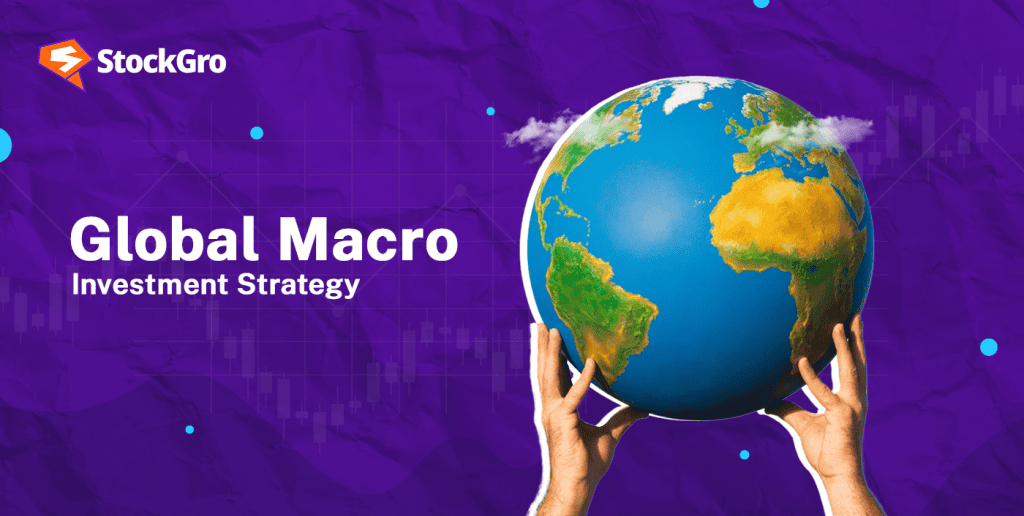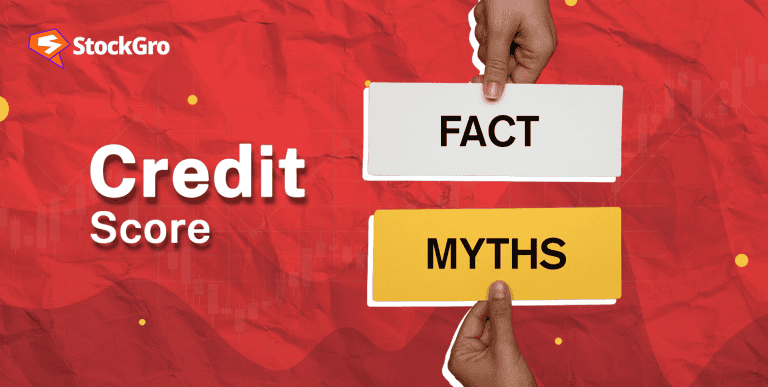
A global macro strategy involves analysing large-scale economic trends and geopolitical events to make investment decisions across various asset classes like stocks, bonds, currencies, and commodities.
This top-down approach centres on how macroeconomic events such as interest rates, inflation, and world trade dynamics affect financial markets. Understanding these more general trends helps investors to spot attractive prospects and reduce risk.
Successful investment in the linked globe of today depends on keeping current on world events since changes in one area of the planet can rapidly impact markets everywhere. One can negotiate this complexity with a well-executed global macro plan.
Understanding global macro strategy
An investment method based on the research of broad economic, financial, and geopolitical elements is a global macro strategy.
Emphasising a top-down approach, the global macro definition lets investors check the state of whole economies, track interest rate patterns, track currency movements, and estimate the possible effects of geopolitics events. Global macro methods see things more broadly than conventional investing strategies, which could concentrate on particular industries or companies.
The ability to invest in several asset classes—including shares, bonds, currencies, and commodities—makes this method quite adaptable. Usually, hedge funds, mutual funds, and global macro funds use this approach to gain from general market swings motivated by macroeconomic developments. Often taking both long and short positions in a variety of asset types, these funds enable one to profit from macroeconomic trends and protect against risk in several markets.
If an investor perceives that a given economy will slow down, for example, they can move their money into safer assets like bonds or gold or even short-sell currencies they hope to devaluate. Globally macro tactics are so strong and flexible in uncertain market conditions because of this adaptability.
Also read: Hedge funds: How to take advantage of market volatility
The key components of a global macro strategy
A successful global macro strategy relies on several key components:
- Macroeconomic analysis: Investors carefully review world economic data including job numbers, GDP-Gross Domestic Product– growth, and inflation rates. These elements enable investors to predict future market moves and offer an understanding of the general state of economies.
- Political and geopolitical risks: The political environment of a nation determines its economic performance. Investors must consider how political events—such as elections or disputes—may impact market conditions and change their choice of investments.
- Currency and interest rate movements: A global macro strategy depends critically on swings in interest rates and exchange rates. Rising interest rates, for instance, can strengthen a currency, thus influencing the value of assets denominated in that currency and hence the investment returns.
- Commodities and emerging markets: Since their prices are affected by economic trends, commodities often play a crucial part in global macro policies. Driven by demographic changes and increasing consumer demand, emerging regions could also provide unique chances for expansion.
Also read: Top Investment Opportunities in Emerging Markets: Stocks and FDI
Types of global macro strategies
There are various categories of global macro strategies, each with different approaches:
- Discretionary global macro: These techniques use human judgement and knowledge to let investors base judgements on their examination of macroeconomic trends and geopolitical events. To negotiate difficult markets, discretionary managers may rely on experience and gut feeling.
- Systematic global macro: In contrast, systematic global macro strategies apply rules-based methods motivated by models and algorithms. These techniques run trades automatically depending on predefined parameters while analysing past data to spot trends.
- Relative value: This method emphasises the spotting pricing variances between several marketplaces or financial instruments. Investors can leverage the relative value across assets by using these inefficiencies, thus perhaps improving returns.
- Event-driven: Event-driven techniques entail investing depending on particular worldwide events, such as elections, economic data releases, or major geopolitical changes. Usually depending on a thorough awareness of the possible consequences, these approaches seek to profit from market reactions to certain events.
How to build a global macro investment strategy
Developing a winning global macro investing plan calls for a methodical approach:
Step 1: Identify key global trends
Start by examining macroeconomic developments, paying particular attention to monetary policies, trade policies, and inflation rates. Knowing these patterns lets investors spot possible risks and opportunities in different markets.
Step 2: Choose markets and asset classes
After that, based on your research, choose the markets and asset classes that have the highest prospects. This can call for equities, bonds, goods, or currencies. By spreading over several assets, one can reduce risk and maximise possible rewards.
Step 3: Risk management
Good risk control is vital. Use diversification techniques and create explicit risk limits to safeguard your funds. Use hedging strategies such as futures or options to balance any losses from negative market swings.
Step 4: Monitor and adjust
At last, keep an eye on macroeconomic affairs and change your plan as necessary. Maintaining competitiveness in the ever-changing global market and making sure your investments complement the newest trends and events depend on this continuous assessment.
Also check: Global Stock Market Trading | Global Market Indices
Benefits and risks of global macro investing
One of the advantages of global macro investment is the possibility for large returns by taking advantage of notable changes in the economy. To maximise their portfolios, investors might apply a flexible strategy combining several asset classes such as stocks, bonds, currencies, and commodities.
However, this approach carries some hazards. Global macro investing can be erratic and requires thorough knowledge of sophisticated macroeconomic studies. Investors also run global political risks since geopolitical developments can significantly affect asset pricing and market conditions. Dealing with these difficulties calls for both strong risk control and cautious preparation.
Bottomline
A global macro investment plan provides a complete structure for negotiating the complexity of today’s linked financial markets. By concentrating on geopolitical events and broad economic trends, investors can find special opportunities across many asset classes.
Whether you are a seasoned investor or just starting, this dynamic technique can improve your investment portfolio and may result in notable gains in a fast-changing world under development.
FAQs
What is an example of a global macro trade?
Short-selling the British pound during Brexit represents an instance of a worldwide macro trade. Investors shorted the pound anticipating economic uncertainty and a possible depreciation brought on by the uncertainty over the UK’s exit from the EU. These investors benefited from the devaluation of the pound, therefore proving the efficiency of a worldwide macro approach in using geopolitical events.
What is global macro quant strategy?
A global macro quant strategy bases investing decisions on macroeconomic and market data by means of quantitative models and algorithms. To gain from market trends across many asset classes, it examines elements including interest rates, economic data, and geopolitical events. This methodical technique uses data-driven insights to properly control risk and take advantage of general market swings.
What are global macro trends?
Global macro trends are the general political, financial, and economic changes impacting markets all around. Among these trends are changes in interest rates, inflation, geopolitical events, economic growth, and technical developments. Investors examine these patterns in order to make wise judgements and structure their portfolios to profit from general market swings and lower possible dangers.
What is global investment risk?
Global investment risk is the possible financial loss experienced by investors resulting from elements influencing global markets. Among these hazards include changes in regulatory settings, geopolitical upheavals, economic instability, and variations in currencies. Investors who invest globally expose themselves to different political and economic environments, therefore enhancing the complexity and possible volatility of their investment portfolios.
What are the benefits of global investment?
Global investment provides diversification by allocating assets over several markets, thus lowering risk. It lets investors profit from rising marketplaces and take advantage of chances for worldwide development. It also offers protection against local economic downturns and currency changes, so improving the general stability and possible returns of the portfolio. Greater access to a wider spectrum of businesses and assets enhances investment possibilities even more.

